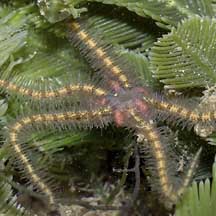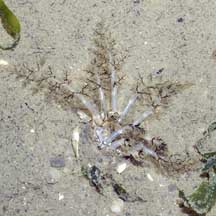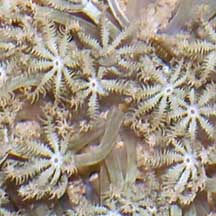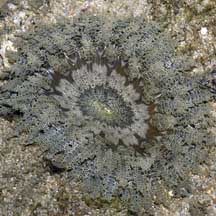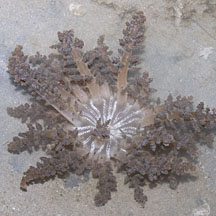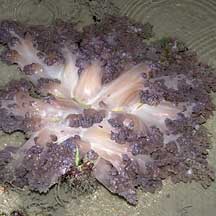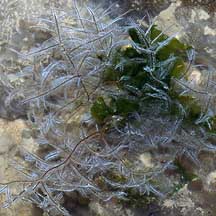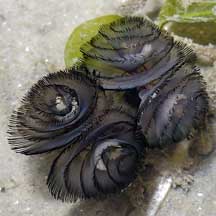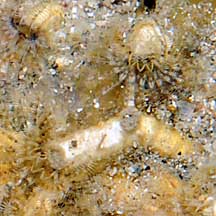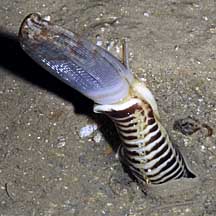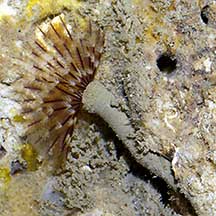 |
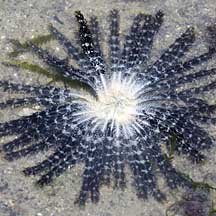 |
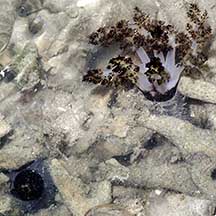 |
|
|
|
|
| Fanworms have
a fan of feathery tentacles that sticks out of the tube while the
segmented body remains hidden. |
Feather stars
have 10 or more feathery arms arranged around a small central disk.
|
Sea cucumbers
have many feathery tentacles surrounding their mouth. Often, only
the tentacles stick out while the body of the sea cucumber is buried
or hidden in a crevice. |
| Fanworms build
tubes to hide in and usually do not move once they settle down. |
Feather stars
can move about, some can even swim. |
Sea cucumbers
can move but most usually stay put once they find a safe hiding place
from which they can feed. |
| Fanworms can
retract their tentacles leaving only their soft limp tubes visible. |
Feather stars
may curl up their arms, but they don't build tubes to hide in. |
Sea cucumbers
can tuck their tentacles into their bodies. |
| Fanworms may
be found on coral rubble and even among living hard corals. They are
quite common on our undisturbed shores. |
Feather stars
are only commonly seen on remote and undisturbed shores. |
Sea cucumbers
are common on all our shores in a wide range of habitats. |
| Fanworms belong
to Phylum Annelida, Class Polychaeta and most of those we see on the
shores belong to Family Sabellidae. |
Feather stars
belong to the Phylum Echinodermata, Order Crinodea. |
Sea cucumbers
belong to the Phylum Echinodermata, Order Holothuroidea. |




